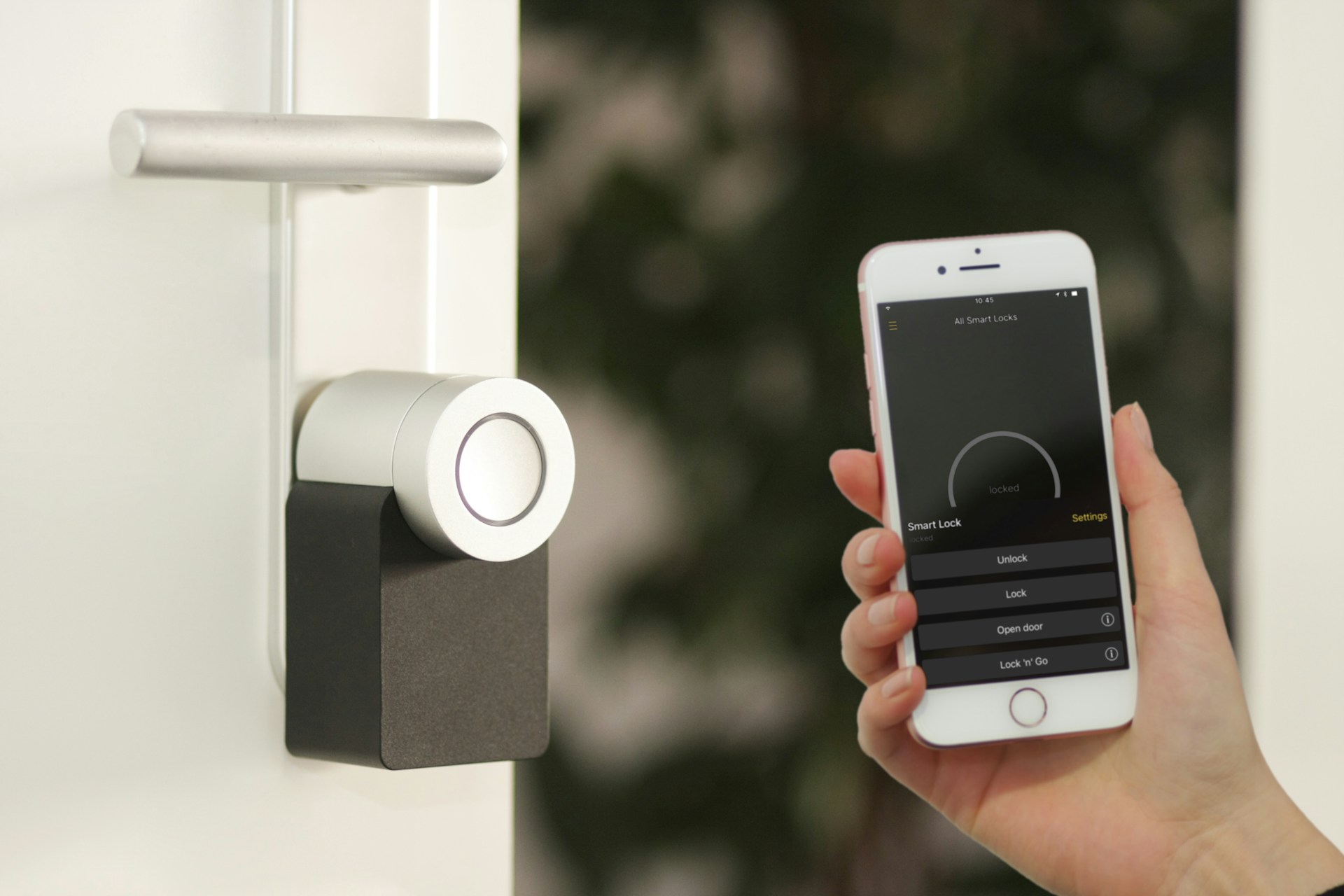Introduction
The concept of smart homes has evolved dramatically in recent years, driven by advances in artificial intelligence (AI). From automated lighting systems to AI-powered virtual assistants, technology is reshaping the way we interact with our living spaces. One of the most exciting developments is how AI is revolutionizing interior design, offering homeowners highly personalized, efficient, and aesthetically pleasing environments.
In this article, we will explore the role of AI in transforming interior design, its applications in smart homes, the benefits it brings, the challenges it faces, and the promising future ahead.
The Role of AI in Interior Design
Defining AI-Powered Interior Design
AI-powered interior design leverages machine learning, data analytics, and automation to optimize space planning, color selection, furniture arrangement, and overall aesthetics. AI-driven tools can analyze user preferences, room dimensions, and environmental factors to create functional and visually appealing interiors.
Why AI is a Game-Changer for Home Design
Traditional interior design often involves trial and error, multiple revisions, and a significant investment of time and money. AI simplifies this process by offering:
- Automation & Efficiency: AI tools generate design suggestions instantly, eliminating manual guesswork.
- Enhanced Customization: AI personalizes designs based on user behavior, lifestyle, and preferences.
- Real-Time Simulations: AI-driven virtual reality (VR) and augmented reality (AR) applications allow homeowners to visualize design changes before implementation.
AI Applications in Smart Home Interior Design
1. AI-Powered Space Planning & Layout Optimization
AI algorithms analyze room dimensions, natural light, and furniture placement to create optimal layouts. Using deep learning, AI tools can suggest configurations that maximize space utilization and enhance functionality.
🔹 Example: AI-powered software like Planner 5D and Homestyler can generate customized floor plans based on user input, ensuring efficient use of space.
2. Smart Furniture & Adaptive Home Elements
Furniture is no longer just static; AI is enabling the development of adaptive, multi-functional furniture that adjusts based on user needs.
Examples:
- AI-powered adjustable desks and smart sofas that modify their height or shape.
- Beds with AI sensors that adjust firmness based on sleeping patterns.
- Robotic furniture by companies like Ori Living, which transforms a single room into a multi-functional space.
One area where AI-driven furniture is making a significant impact is in multi-child households. Space-saving solutions such as triple bunk beds are gaining popularity, as AI helps optimize room layouts to ensure functionality and comfort without compromising style.
3. AI-Driven Color & Material Selection
AI can recommend ideal color palettes and materials based on aesthetics, mood psychology, and sustainability factors. AI-powered tools analyze lighting conditions, personal preferences, and trending designs to suggest harmonious color schemes.
Example: Sherwin-Williams’ ColorSnap and Pantone’s AI-driven color matching recommend the perfect shades for different room settings.
4. Personalized Interior Design Recommendations
AI can act as a virtual interior designer, analyzing user preferences, lifestyle habits, and past choices to offer personalized decor recommendations.
Example: Home assistants like Amazon Alexa and Google Home can suggest decor adjustments based on user habits, integrating with smart home devices for enhanced customization.
5. Automated Smart Lighting & Ambiance Control
Lighting plays a crucial role in interior design, and AI-powered lighting systems optimize brightness, color temperature, and ambiance based on real-time data.
Examples:
- Circadian rhythm lighting mimics natural daylight cycles to improve sleep and productivity.
- AI-driven systems like Philips Hue and LIFX adjust lighting according to mood, weather, and activity.
6. AI and Home Sustainability
AI is playing a crucial role in making homes more sustainable by optimizing energy usage, recommending eco-friendly materials, and automating resource management.
Examples:
- Smart thermostats like Nest and Ecobee adjust temperature settings to reduce energy consumption.
- AI-driven home automation systems monitor water and electricity usage, minimizing waste.
Sustainability is also a growing focus in property management, where AI helps optimize energy efficiency and smart home integrations. Companies specializing in AI-driven real estate management are using automation to streamline operations, reduce maintenance costs, and enhance tenant experiences. A great example is Skybridge property management, which leverages technology to provide more efficient housing solutions.
Benefits of AI in Interior Design
✔ Efficiency & Time-Saving: AI reduces the time required for design planning, allowing for faster execution.
✔ Personalization: AI tailors home designs to individual preferences, creating unique living spaces.
✔ Cost-Effectiveness: AI minimizes material waste and unnecessary purchases, reducing overall costs.
✔ Sustainability: AI suggests eco-friendly alternatives, contributing to a greener environment.
✔ Improved Accessibility: AI-driven solutions enhance home usability for individuals with disabilities, offering voice-activated controls and automated adjustments.
Challenges & Limitations of AI in Interior Design
Lack of Human Creativity & Emotional Intelligence
AI excels at data-driven decision-making but lacks the intuitive, artistic vision of human designers. It may struggle with creating emotionally resonant spaces.
High Initial Investment Costs
Implementing AI-powered design solutions can be expensive, especially for custom-built smart homes.
Data Privacy & Security Concerns
AI systems collect user data to personalize experiences, raising concerns about privacy and cybersecurity risks.
Dependence on Technology
Over-reliance on AI may reduce the human touch in interior design, leading to designs that prioritize efficiency over artistic expression.
The Future of AI in Interior Design
AI + IoT: Smarter Homes with Predictive Capabilities
- AI will predict maintenance needs, alerting homeowners about furniture wear and tear.
- AI-powered smart mirrors and virtual assistants will provide real-time home improvement suggestions.
AI-Powered Robotics for Interior Design
- Robotic assistants will assist in furniture assembly, home renovations, and daily tasks.
AI-Generated Architectural Blueprints
- AI-driven tools will provide instant home design blueprints, transforming the architecture industry.
Integration with the Metaverse
- Virtual homes and AI-driven digital twins will enable users to create and test home designs in a fully immersive digital space before making real-world changes.
Conclusion
The integration of AI into interior design is transforming how we create, personalize, and experience our living spaces. From AI-powered layout planning to smart furniture and energy-efficient designs, artificial intelligence is making homes more functional, stylish, and sustainable.
While challenges remain—such as high costs and the need for human creativity—ongoing advancements in AI technology will continue to refine and enhance its applications in smart home design.
Are you ready to embrace the future of smart homes? Explore AI-powered interior design tools today and experience the next evolution of home aesthetics!



































